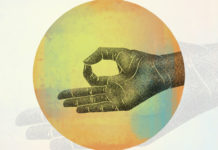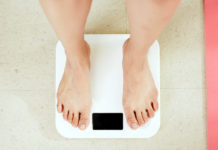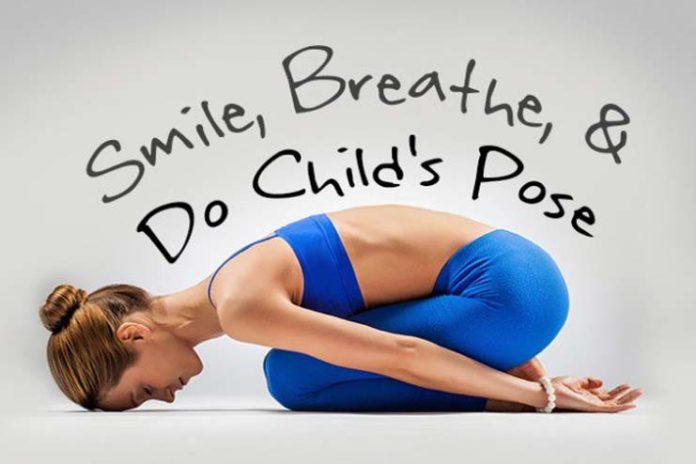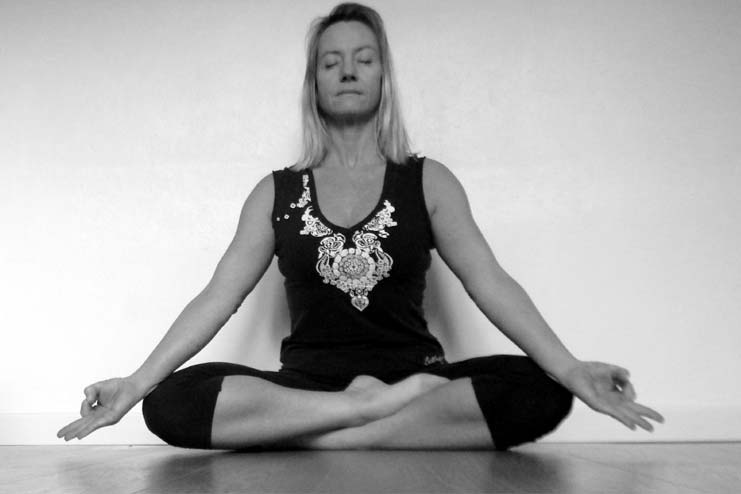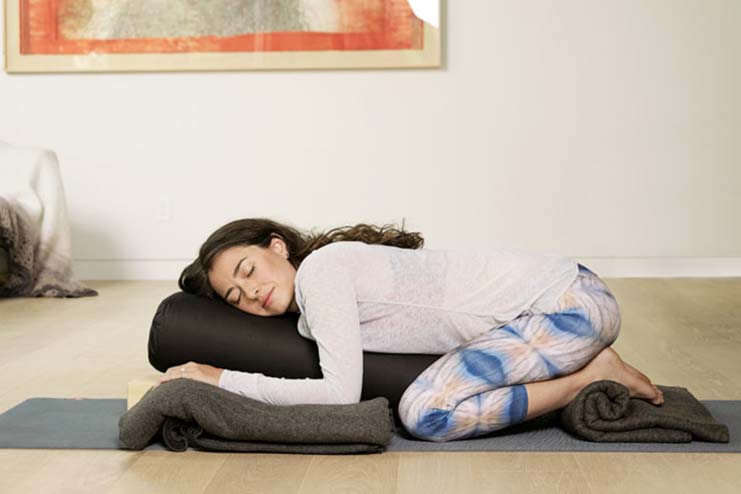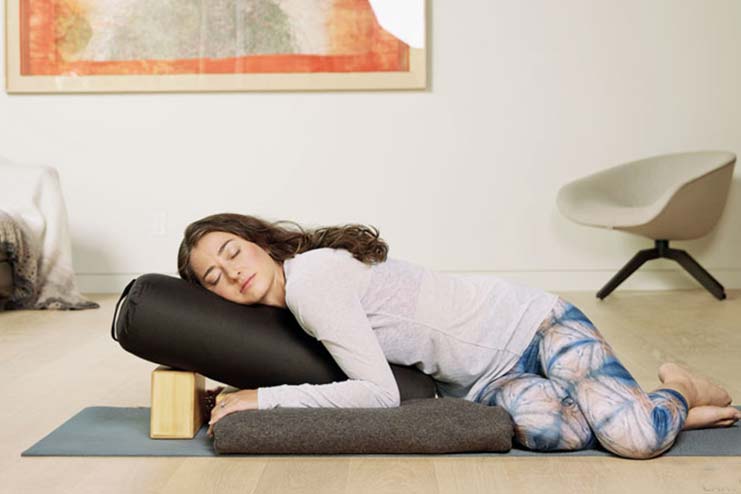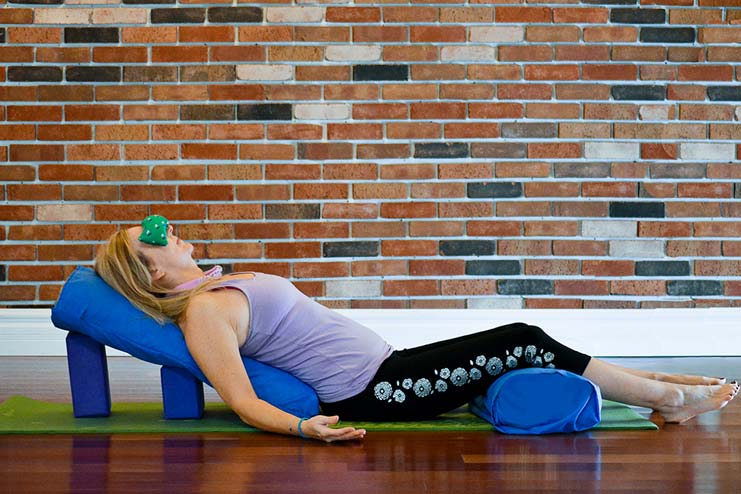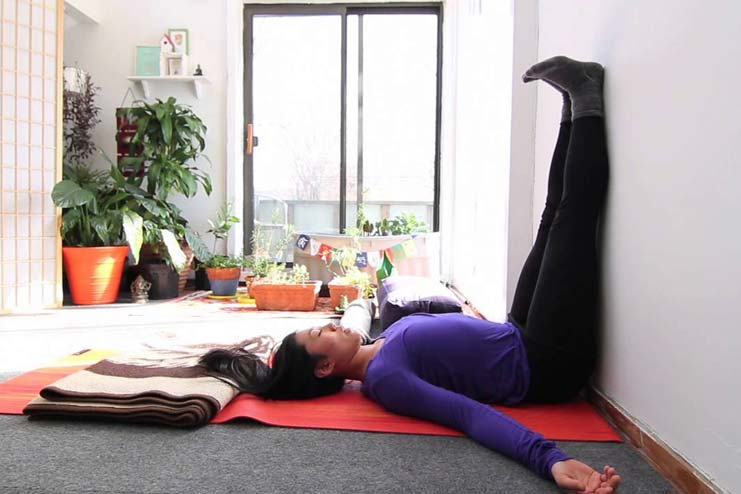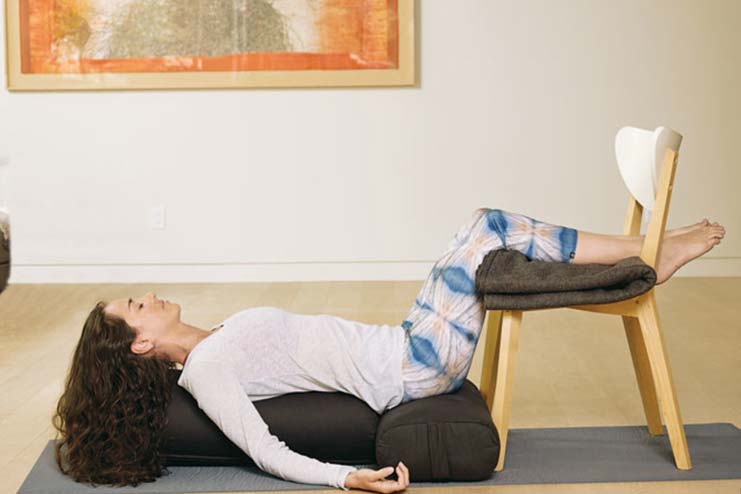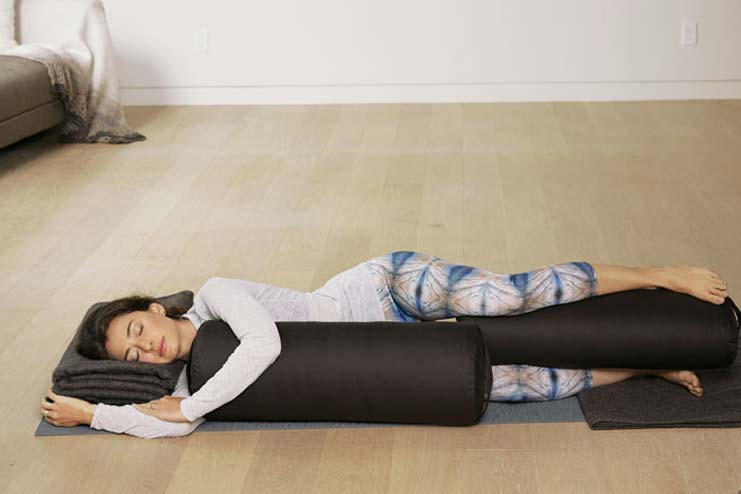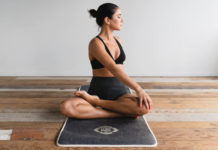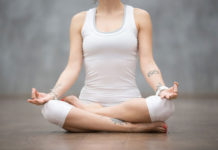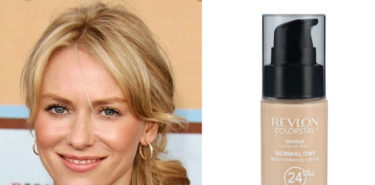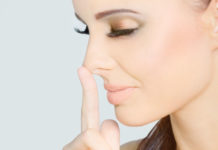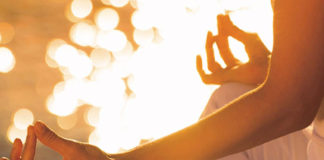Affiliate Disclaimer
Some links in this article are affiliate links. We may earn a small commission if you make a purchase through these links, at no extra cost to you. We only recommend products we find useful to our readersYoga has always been known that can help to decrease the stress hormone cortisol, which is mostly in the elevated levels and is associated with the weight gain, high blood pressure, as well as heart disease. A small study on the restorative yoga has shown specifically that it can do the same thing, and can also help the cancer patients fight with depression as well as fatigue.
Child’s pose is one of the first poses in seven restorative yoga poses. Child’s pose is related with restorative yoga because whenever a person is in distress or suffering from mental stress, then it can help to perform mental calmness, connecting the soul to the body. So, if you have started performing child’s pose then do perform the rest of the six poses from this restorative pose.
You might be thinking, what is restorative yoga? Restorative yoga poses is a matter of fact better than the sleep for releasing tense muscles, or giving relief from joint aches, or even transitioning the mind as well as body quickly from the stress to calm. Restorative yoga is an excellent opportunity that can help to disconnect from the frenetic activity of the daily life and let the speedometer of the body return to 0 mph. It offers to respite with all the turbulence of life as well as help to prepare your mind and the body for an inward stroke of meditation and deep awareness. Moving slowly through the poses sequence of restorative yoga poses, it allows you to explore the mind as well as a body at a steady and natural tempo.
You can keep slower your pace as well as deep breathing which you get into a restorative yoga class as it can trigger the parasympathetic nervous system from the first pose. This activation can help to mitigate your effect of a regular fight-or-flight stress response which can also be damaging to the physiology as well as well-being. The overall effect of calmness on your nervous system can set a deep relax tone for the class which comforts the mind and body down to your cellular level.
Restorative yoga can be called as “mindful yoga” because of its expanded awareness of self as well as body which come through the practice. Slower movements also cultivate space for a more deeper experience of this poses and breath. Awareness of physical sensations, thoughts or emotions that arise, or even from sounds in the environment, can take a much more profound significant depth on the restorative yoga practice.
The pace of the restorative yoga also helps to open up the doorway to a deeper understanding of your body, letting you feel what it means to be a spiritual being. However, such intimacy can only be explored as well as embraced through yoga practices. A deeper level of bodily strengths can easily be integrated as well as owned and in a more profound sense of the self-love and acceptance emerge.
The low-key quality of the restorative yoga can help to draw attention in and away from the external events as well as situations of this world. With the awareness that is directed within, this practice becomes a sanctuary in the mind and spirit from which you do take a more deeper look at who you are, or what you want, or how you can serve this world. Restorative yoga help to open up a new level of self-exploration as well as contemplation, allowing the inner being to shine.
One of the goals of the yoga is the union with the divine. Restorative yoga is supposed to be one of the perfect vehicles that can help you to reconnect with the divinity within. Through the techniques of this practice, you can easily awaken the grace, poise, flexibility, balance, strength, as well as present moment of awareness. This combination can create a mind as well as body to be ideally suited for the seamless merging in the non-local field of the awareness, or even for pure being.
As for self-transformation, restorative yoga can facilitate the integration of the layers of life, like for environmental, emotional, physical, psychological, as well as spiritual, culminating the goal of all the goals, awakening your own divine nature.
Restorative Yoga Sequence
Here are the seven restorative yoga sequence that can help you to gain the ultimate self-transformation.
1. Adept’s Pose
 2. Supported Child’s Pose
2. Supported Child’s Pose
 3. Supported Belly Down Twist
3. Supported Belly Down Twist
 4. Salamba Supta Baddha Konasana
4. Salamba Supta Baddha Konasana
 5. Viparita Karani
5. Viparita Karani
 6. Legs on a Chair Pose
6. Legs on a Chair Pose
 7. Side-Lying Corpse Pose
7. Side-Lying Corpse Pose
 Child Pose
Child Pose
1. What You Should Know Before You Do This Asana
Like any other types of yoga asana, this one too must be performed after at least four to six hours after the meal. Your bowels must be empty whenever you are practicing this yoga pose. By being in the resting pose, it can be practiced whenever you are in need to catch the breath or even relax, either in the midst of the workout or afterward.
2. Steps:
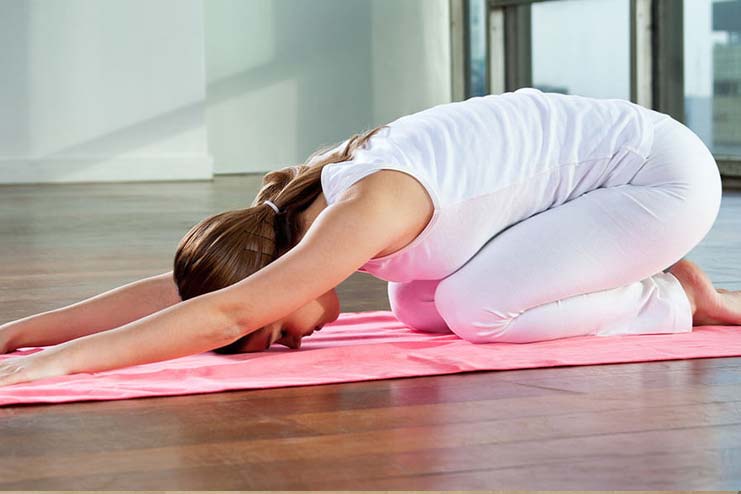
a. Kneel on the floor. Touch the big toes together sitting on your heels. Then separate the knees about as wide as the hips.
b. While exhaling lay the torso down in between the thighs. Broadening the sacrum across your back of the pelvis and narrow the hip point toward the navel, so that they can nestle down on the inner thigh. Lengthen the tailbone away from the back of the pelvis while you also lift the base of the skull away from the back of the neck.
c. Lay down your hands on the floor along the torso, the palms up, releasing the front of the shoulder toward the floor. Feel that how the weight of your front shoulder pulls the shoulder blades across the back.
d. Balasana or child’s pose is a resting pose. Beginners can also do Bala Sana to get the taste of deep forward bend, where torso can rest on thighs. Now stay in this pose for one to three minutes. To come up, first lengthen your front torso, then while inhaling lift from tailbone as it also presses down and in the pelvis.
Child’s Pose Benefits
Here are some of the benefits of child’s pose:
a) It can help to release the tension from the chest, back, as well as shoulders.
B) This asana is also highly recommended if you are having a bout of dizziness or even fatigue during the workout.
C) This asana can help to reduce the stress as well as anxiety.
D) It can help to massage and flex, internal organs in your body, keeping them active.
E) This asana can help to stretch as well as lengthen the spine.
F) If this asana is done with the support on your head and torso, it can help to relieve the pain in lower back as well as neck.
G) It can help to stretch ankles, hips, and the thighs.
H) It can promote blood circulation throughout your body.
i) The muscles, tendons, and ligaments in knee area are stretched.
J) It can encourage the right way of the breathing as well as calm down both the body as well as the mind.
Contradiction And Cautions
a) Avoid this asana if you are suffering from diarrhea
b) Avoid this asana if you are pregnant
c) Avoid Bala Sana if you have a serious knee injury in the past. Only perform under the guidance of a teacher.
Beginner’s Tip
Balasana can help to provides us with an amazing opportunity to breath from the torso. When each of the inhalation is “doming” the back of the torso toward the ceiling, then lengthening as well as a widening of the spine. Then with each of the exhalation, it releases the torso a little more deeply in the fold.
The Science Behind The Child Pose
Balasana is a restorative and calming pose which relaxes as well as rejuvenates the body. The back stretch can help to relax the spinal column. It can calm down the muscles, thereby also be helping to alleviate the pain, especially in the back, neck, and shoulders. The knees are also being stretched and relaxed, and therefore, the muscles, tendons, as well as joints are healed readily for the functioning. The pose also resembles a fetal position and can provide physical, mental, as well as emotional solace to being.
Variations
To increase torsos length, try to stretch the arms forward. Lifting the buttocks just slightly away from heels. Reach for the arms more longer while you try to draw the shoulder blades down to the back. Then without even moving the hands, sit with your butts down on heels.













